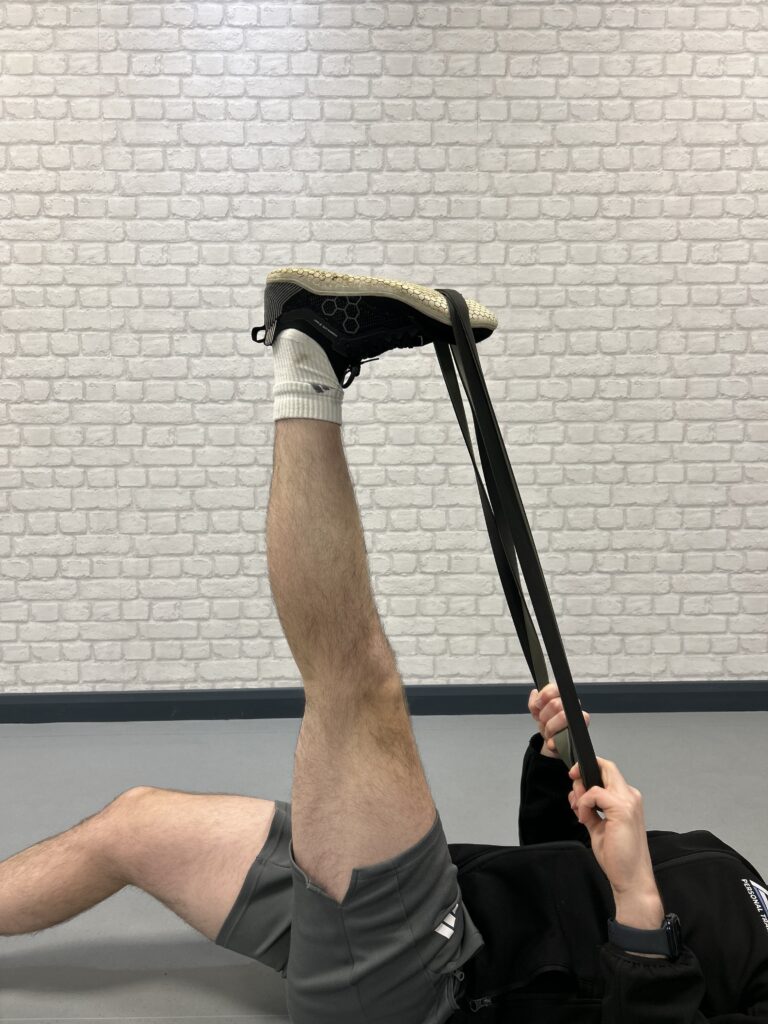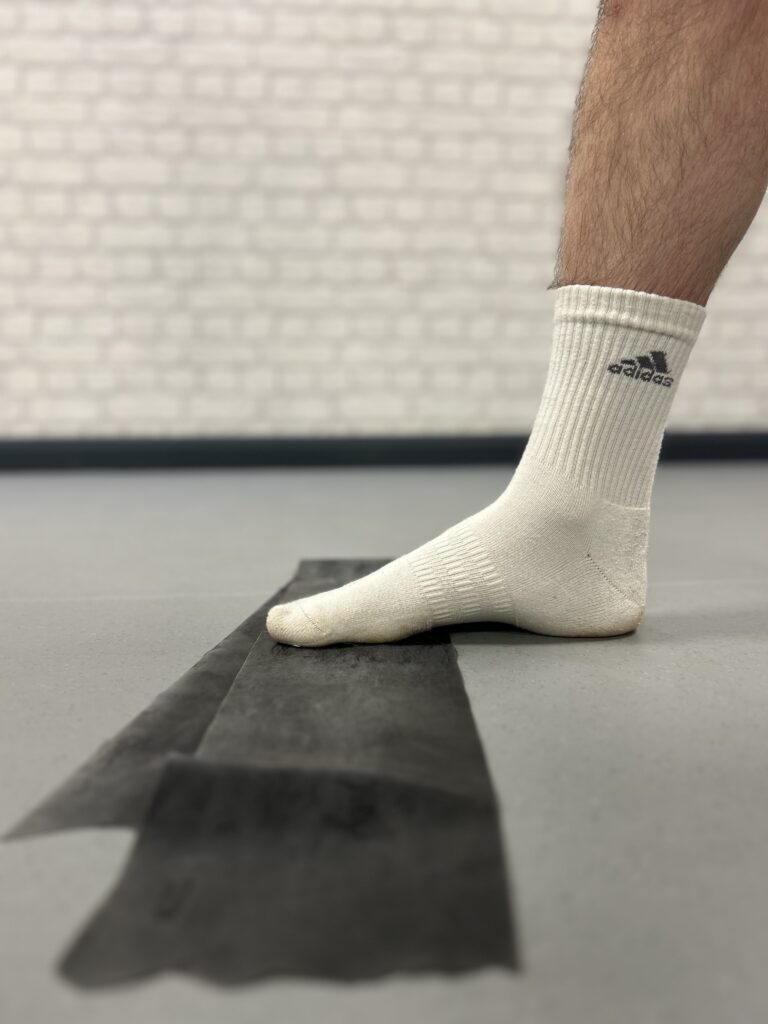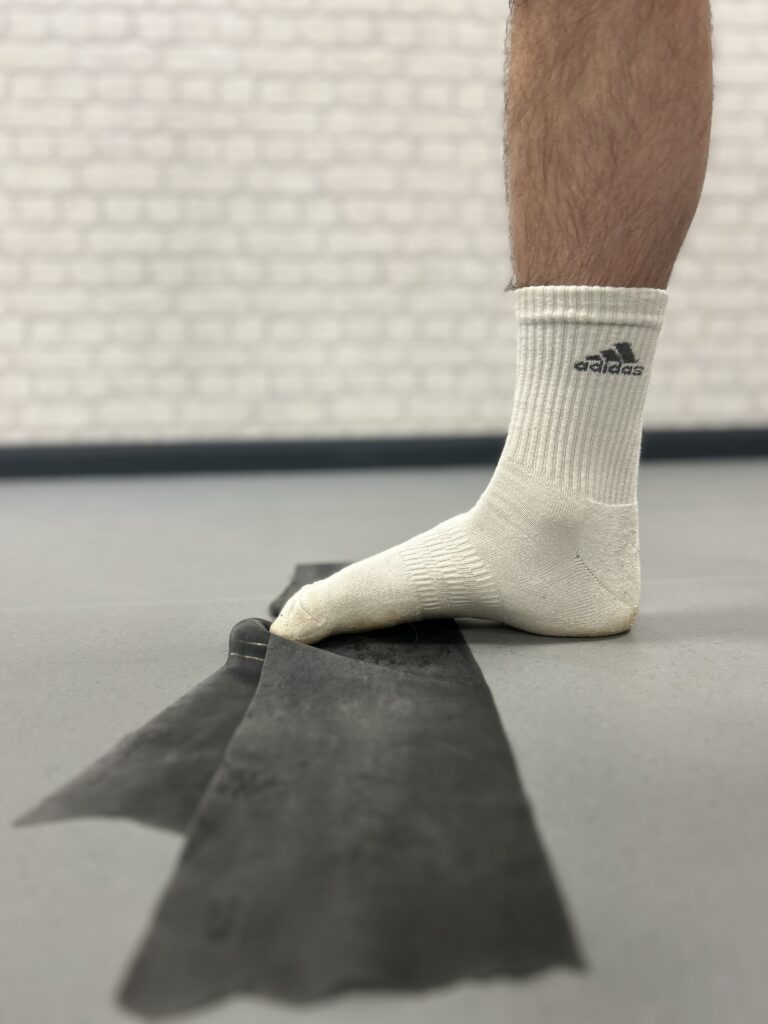Plantar fasciitis is a condition that affects the plantar fascia, a thick band of connective tissue running along the bottom of the foot. This tissue connects the heel to the toes and plays a critical role in supporting the arch and absorbing the impact of walking, running, and standing. When overstressed, the plantar fascia can develop small tears, leading to inflammation and pain. This inflammation of the plantar fascia is what’s known as plantar fasciitis.
People with plantar fasciitis often describe sharp, stabbing sensations near the heel, especially during their first steps in the morning or after resting. Often, the heel bone area will be tender to touch. This discomfort can ease as the foot warms up but tends to worsen after prolonged standing or high-impact activities. Over time, these sensations may progress to a persistent, aching pain, significantly affecting mobility and quality of life.
As with most conditions, treating plantar fasciitis effectively requires a holistic approach. What works for one person may not work for another, as responses to treatments can vary. While some individuals might find relief through stretching alone, others benefit from a combination of techniques. A combined approach incorporating therapy, stretching and strengthening exercises often provides the most effective pathway for recovery. This method not only alleviates pain in the short term but addresses the root cause, helping to prevent future flare-ups and restoring foot function over time.
Stretching and strengthening exercises
These exercises directly address the tightness and weakness contributing to plantar fasciitis, promoting flexibility, strengthening forgotten muscles in the foot and ankle, and reducing the strain on the plantar fascia. Examples are shown below:
Tennis ball roll
- Benefits: massages the plantar fascia, relieving tightness and improving circulation.
- How to Do It: roll a tennis ball under the arch of your foot for 3–5 minutes twice daily.
Towel stretch
- Benefits: loosens the calf and plantar fascia, reducing tension.
- How to Do It (See Below): loop a towel around the ball of your foot, pulling gently while keeping the leg straight. Hold for 30–45 seconds and repeat 2–3 times daily.

Calf stretch
- Benefits: reduces calf tightness, a major contributor to plantar fascia stress.
- How to Do It: stand facing a wall, with one leg bent forward and the other extended back. Keep the back heel on the floor and lean forward for 30–45 seconds.
Toe stretch
- Benefits: improves plantar fascia flexibility.
- How to Do It: pull your big toe back toward your shin and hold for 30 seconds, repeating 2–4 times daily.
Toe curls
- Benefits: strengthens intrinsic foot muscles, enhancing arch stability.
- How to Do It (See Below): use your toes to scrunch and straighten a towel. Perform 10 repetitions once or twice daily.


Marble pick-up
- Benefits: improves toe strength and coordination and is relatively “fun” compared to other exercises.
- How to Do It: pick up marbles with your toes and drop them into a container. Repeat 1–2 times daily.
Treatment options:
Combining stretching and strengthening exercises with other therapies provides a holistic approach to plantar fasciitis recovery.
- Shockwave therapy: stimulates healing by promoting blood flow, reducing inflammation, and breaking down calcifications like heel spurs. Particularly useful for chronic cases where the body’s natural healing process has stalled.
- Orthotics and supportive footwear: distribute pressure evenly across the foot, reducing stress on the plantar fascia. Allow pain-free movement, making it easier to perform strengthening routines.
- Night splints: maintain a gentle stretch in the plantar fascia overnight, reducing morning pain and stiffness. Prevent tightness, enhancing the effects of daily stretches.
- Manual therapy and massage: improve blood flow and loosen tight tissues in the arch and calf, alleviating discomfort and allowing more effective participation in strength-building routines.
Plantar fasciitis can be a debilitating condition, but with the right treatment approach, relief and recovery are entirely possible. By combining targeted stretching and strengthening exercises, such as tennis ball rolls, calf stretches, and toe curls, you can address the root causes of the pain and improve foot function. Additional therapies like shockwave therapy, orthotics, and manual therapy can offer significant support.
At TFD Therapy, we specialise in shockwave therapy and manual therapy to help you manage plantar fasciitis effectively. Additionally, we can book you in for an exercise rehab session to help you with rehabilitation exercises. Our treatment methods aim not only to alleviate pain in the short term but also to promote long-term recovery and prevent future flare-ups.

